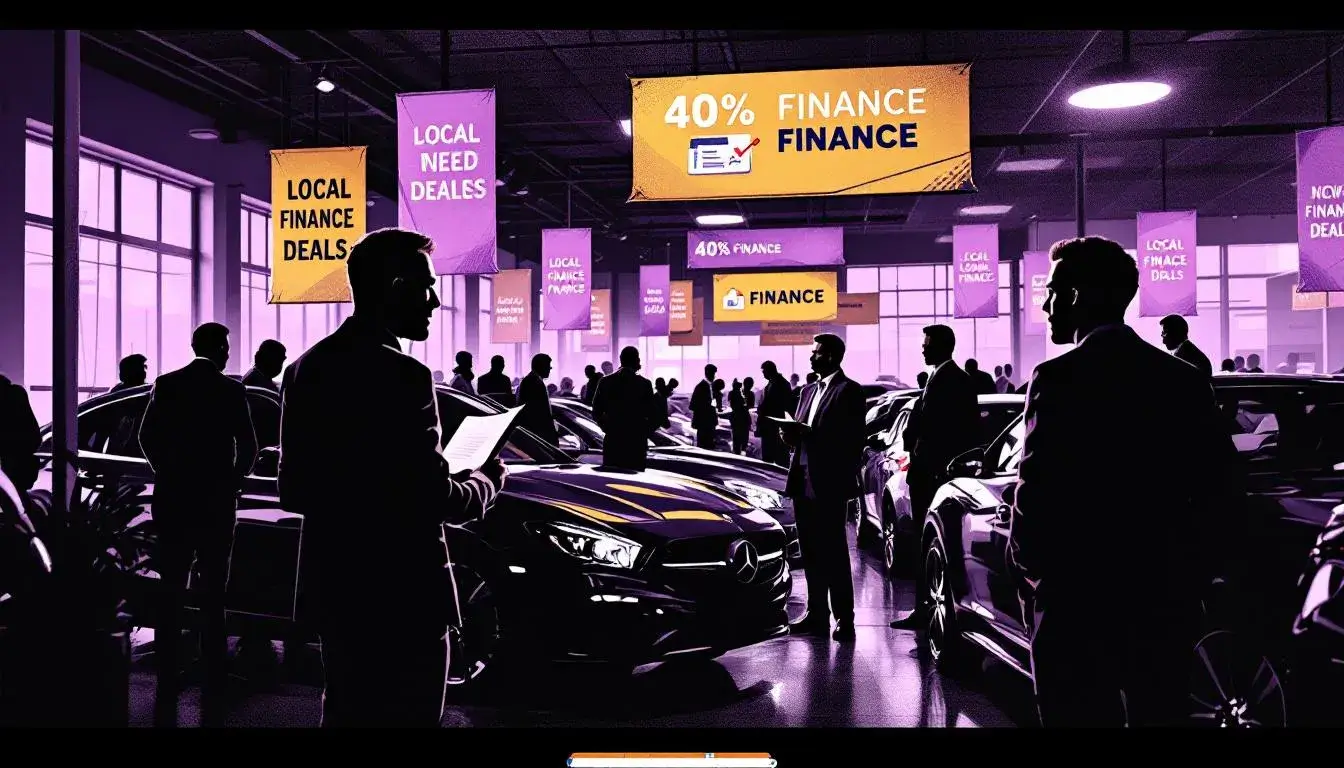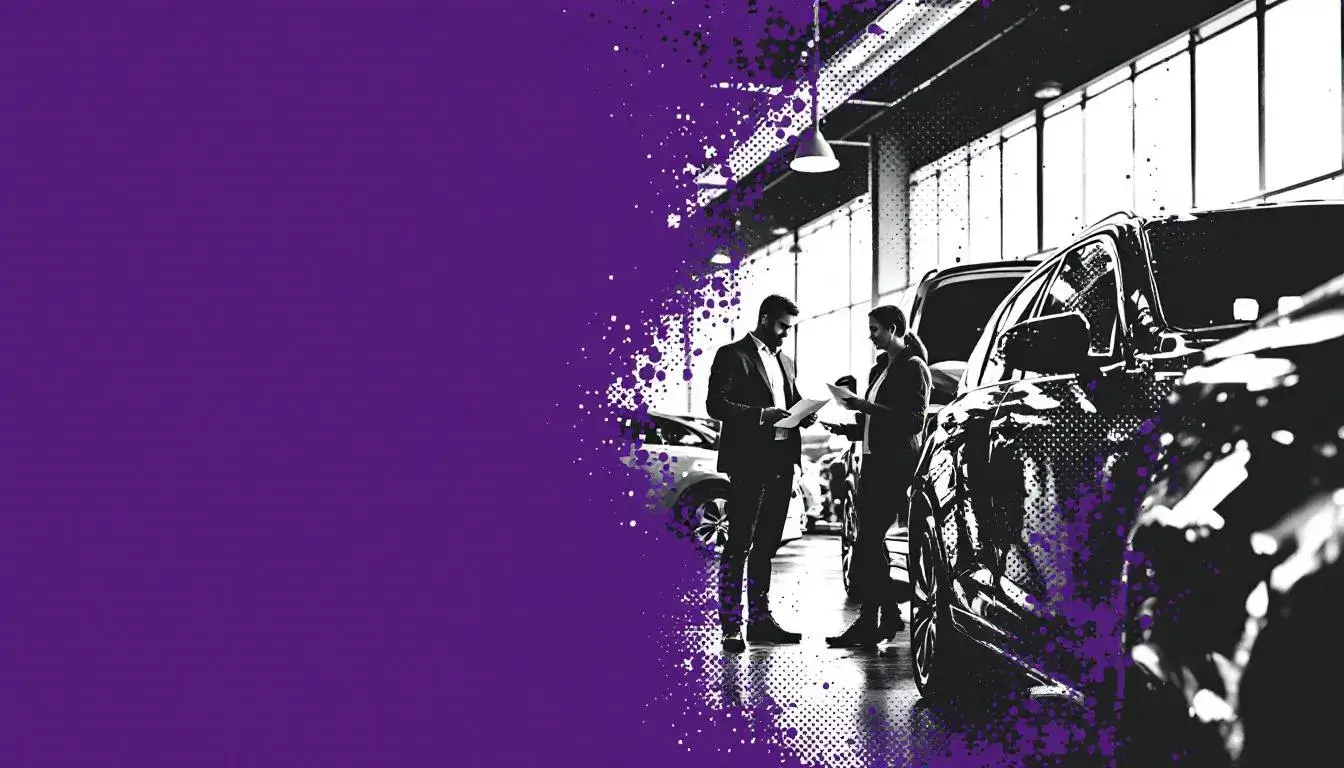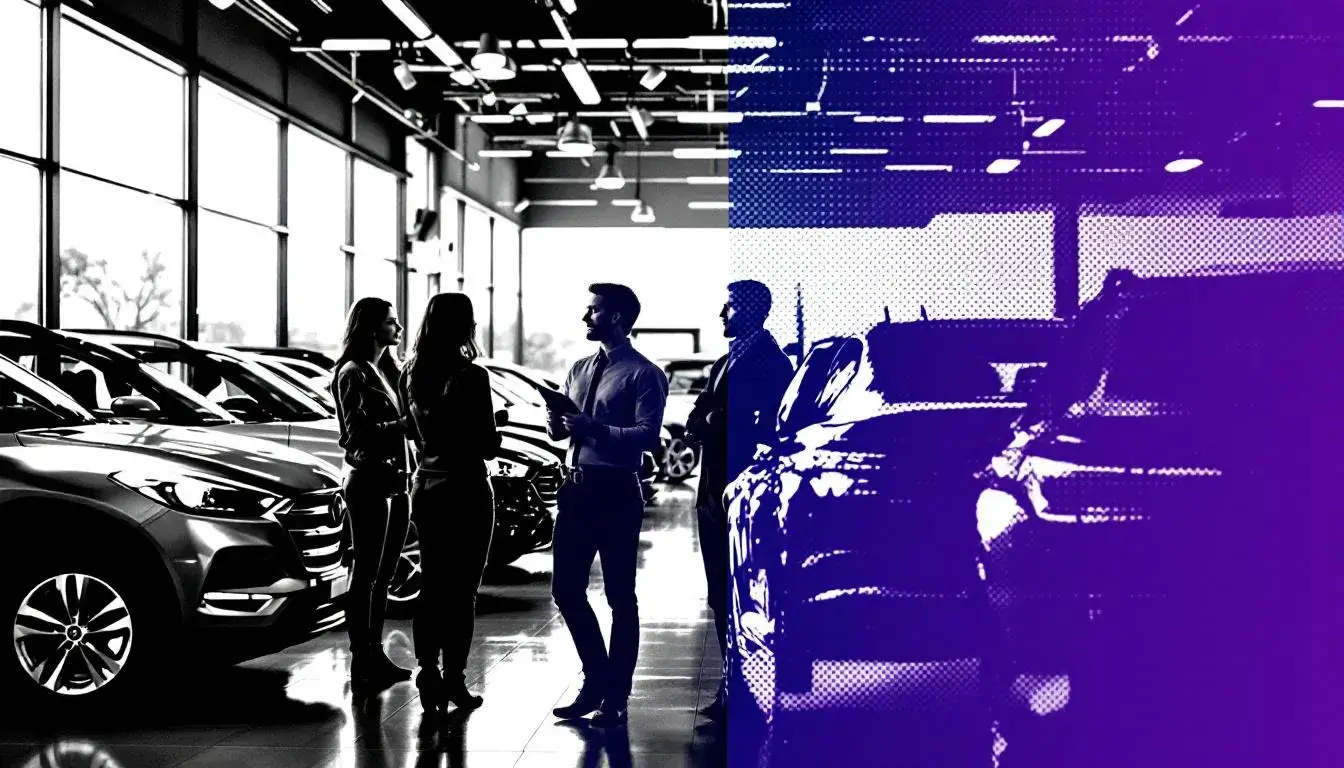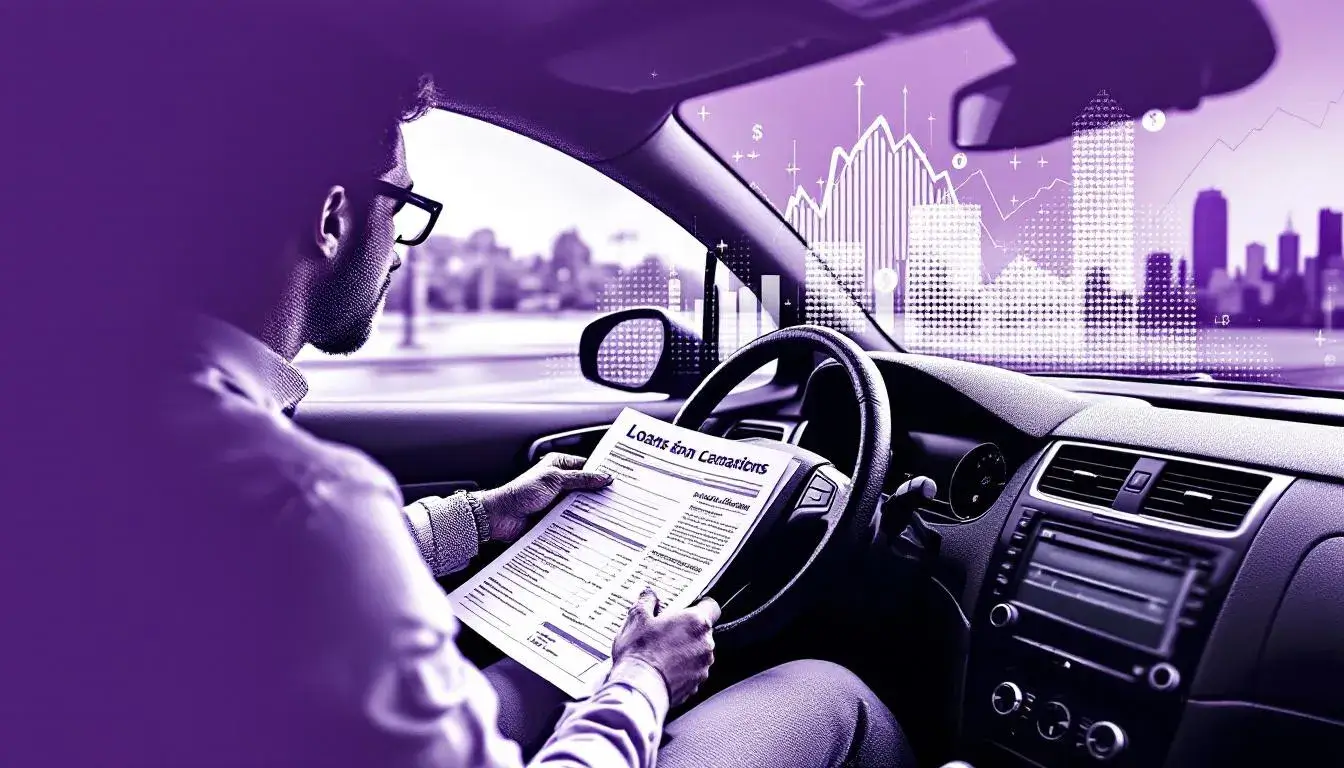
How to Finance a Car with Outstanding Finance

Why This Guide Matters
Ever tried explaining to your gran why you want to swap your financed hatchback for something that actually gets you excited on the M25? She’ll probably look at you like you’ve tried to sell her Bitcoin. But here’s the rub: financing a car when you’ve already got outstanding finance on your current ride isn’t just common, it’s practically a British pastime. The trouble is, most people muddle through the process with all the confidence of a learner driver on a roundabout. Get it wrong, and you could be left paying for two cars—while only driving one. Get it right, and you’ll be polishing a new bonnet before your old one’s cold. This guide is your satnav through the fog of jargon and dealer patter. Let’s find out how you can upgrade those wheels—without running over your wallet.The Basics Explained
Let’s start with the burning question: what does “outstanding finance” actually mean? In plain English, it’s when you still owe money on your current car. Maybe it’s a Personal Contract Purchase (PCP), Hire Purchase (HP), or some other acronym that sounds like a cough medicine. Until you’ve paid it off, the car isn’t technically yours—it’s more like you’re babysitting it for the finance company.So, what happens when you want to get a new car but the old one’s still doing time on finance? You can’t just walk away, and you certainly can’t sell it privately without causing a paperwork migraine worthy of a Shakespearean tragedy. The usual routes are part-exchange, voluntary termination (if you’re eligible), or—brace yourself—settling the finance outright before moving on. Each option has its own set of rules, pitfalls, and fine print written in fonts so small, even Sherlock Holmes would squint. But don’t panic. You’ve got options, even if your current car still technically belongs to the bank.
How It Affects You
So, why should you care about outstanding finance? Well, if you try to sell your car privately without clearing the finance, you’re about as legitimate as a three-pound note. Not only is it illegal, but the finance company could repossess the car from the new owner. Imagine that phone call.But the real kicker is the financial hit. If your car’s worth less than what you owe (known in the trade as negative equity), you’re in for an awkward conversation with your wallet. Dealers will often suggest rolling the old finance into your new deal—sounds tempting, right? But this is the financial equivalent of eating a dodgy kebab: it might seem fine at the time, but you’ll regret it later when the payments come back to haunt you.
On the flip side, if your car is worth more than the settlement figure (positive equity), you can use the difference as a deposit on your next car. That’s like finding a forgotten tenner in your jeans—happy days. The trick is knowing where you stand before you start test-driving everything with Bluetooth and heated seats. This is where a bit of homework, or a friendly broker (hello, Kandoo), can save you from years of remorse.
Our Approach
At Kandoo, we treat car finance like it’s supposed to be: a tool for getting you what you want, not a trap that leaves you eating instant noodles for three years. Here’s how we tackle the whole “outstanding finance” conundrum:1. Full Transparency – No smoke, no mirrors. We start by helping you find out exactly how much you owe on your current agreement, right down to the penny. 2. Realistic Valuation – We’ll help you get a genuine market value for your current car—no pie-in-the-sky numbers or low-balling. 3. Options, Not Obstacles – Whether you’re in negative or positive equity, we’ll walk you through what it means, what your choices are, and what each option will actually cost you over time. 4. Smart Swaps – If you’re considering a part-exchange, we’ll show you the pros, cons, and the hidden costs dealers don’t want you to see. If voluntary termination is on the table, we’ll explain the legal nitty-gritty and potential impact on your credit file. 5. Tailored Finance Solutions – We’re a broker, not a lender. That means we can shop around for deals that suit your situation, rather than pushing you into whatever’s on the forecourt.
The result? You get to upgrade your car without tripping over the fine print. And if it all gets a bit much, we’re here to decode the jargon, pour a metaphorical pint, and talk you through it like a mate who’s seen it all before.
Before You Decide
Before you go full throttle on a new finance deal, take a pit stop and check your position:- Get your settlement figure: Contact your current finance provider and ask for the settlement amount—the magic number that clears your remaining balance.
- Check your car’s value: Use trusted valuation tools or get a few dealer quotes. Don’t accept the first offer you hear—haggle like you’re at a car boot sale.
- Know your equity: Subtract your settlement figure from your car’s value. If it’s positive, you’ve got deposit money. If it’s negative, you’ll need to cover the shortfall—either upfront or rolled into your next deal.
- Scrutinise the terms: Read the fine print on your current agreement. Are there early repayment fees? Mileage or damage charges? Don’t let a scratched alloy wheel cost you a small fortune.
- Myth: You can’t get a new car until you’ve paid off the old one.
- Reality: You can, but you need to settle the outstanding finance—either directly or through your dealer.
- Myth: Dealers always give you the best deal on part-exchange.
- Reality: Sometimes they do, sometimes they don’t. Always shop around.
- Myth: Rolling negative equity into a new deal is a smart move.
- Reality: It’s convenient, but you’ll pay more over time. Treat it as a last resort, not Plan A.
- Voluntary Termination: If you’ve paid off at least 50% of your finance, you might be able to hand the car back and walk away. Read the small print first—it isn’t always as simple as it sounds.
- Sell Privately (after settlement): Pay off your finance, get the V5C in your name, and then sell the car. You’ll usually get more money this way, but it takes more legwork.
- Refinance: If your credit’s improved or rates have dropped, refinancing your current agreement could make your next move more affordable.
- Wait it out: Sometimes the best move is to keep driving your current car until you’re in a better equity position. Not glamorous, but your bank balance will thank you.
Bottom line: Don’t rush. Take a breath, do the maths, and make sure you’re not swapping one headache for another.
What’s Real, What’s Hype
You’ve probably heard a few “pub facts” about car finance, so let’s separate fact from fiction:A bit of skepticism keeps your wallet fatter and your stress levels lower.
Pros & Cons
Let’s put it in black and white:| Pros | Cons |
|---|---|
| Upgrade sooner | Risk of negative equity |
| Simple part-exchange | Possible higher monthly payments |
| Flexible options | Early repayment/termination fees |
| Potential equity | Impact on credit score if mishandled |
Other Options to Consider
Before you commit, it’s worth shopping the whole dealership:Don’t let impatience or a shiny new infotainment screen lure you into a bad deal.
FAQs
Q: Can I sell my car if it still has outstanding finance? A: Not legally, unless you settle the finance first. Otherwise, the finance company still owns it, and you risk a world of bother.Q: What happens to my old finance if I part-exchange? A: The dealer usually settles your outstanding finance directly. Any equity goes toward your new car; any shortfall gets rolled into the next deal—or you can pay it upfront.
Q: Is rolling negative equity into a new deal a good idea? A: Only if you’re desperate. You’ll pay more in the long run, and it can quickly spiral if you keep swapping cars.
Q: Will swapping cars on finance affect my credit score? A: Not if you keep up payments and don’t miss any. But too many credit checks in a short time can knock a few points off temporarily.
Q: Can I refinance my existing agreement? A: Yes, if your circumstances have improved. This could lower your monthly payments or make settlement easier.
Q: What’s the fastest way to upgrade if I have outstanding finance? A: Part-exchange is usually quickest, but not always the best value. Selling privately after settling the finance often nets you more cash.
If you’re still scratching your head, give us a shout. We’ve heard every finance question under the sun—and then some.
Next Steps / Call to Action
Ready to swap your old finance headache for a shiny new set of keys? Get in touch with Kandoo for a no-nonsense chat about your options. We’ll help you crunch the numbers, dodge the pitfalls, and get you back on the road with a deal that makes sense. Click, call, or send a carrier pigeon—just don’t settle for second best. Your next car (and your wallet) will thank you.Buy now, pay monthly
Some of our incredible partners
Our partners have consistently achieved outstanding results. The numbers speak volumes. Be one of them!


PAUL GAUCHWIN LIMITED

WASHINGTON WORKTOPS LTD










